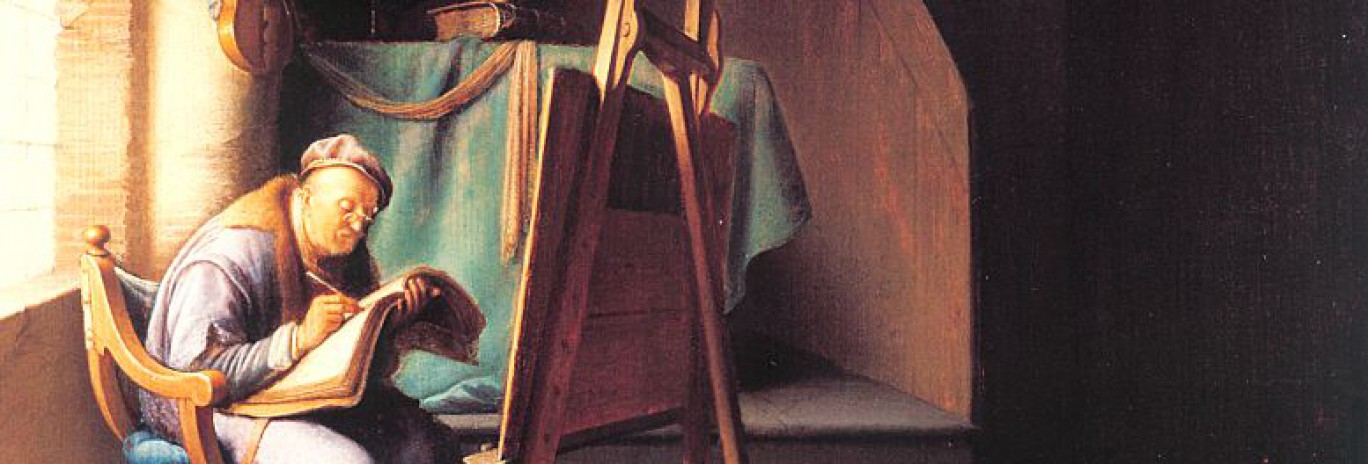Events
Sven Dupré will present at Gems in Transit workshop Londen
Gem in Transit: Materials, Values and Knowledge in the Early Modern World
A two-day workshop on the art, science, trade and consumption of gems in the early modern world.
Organisers: Marta Ajmar (V&A), Sven Dupré (Utrecht University / University of Amsterdam), Michael Bycroft (University of Warwick)
Sven Dupré will give a presentation on Tuesday 12th April titled ‘Anselm De Boodt’s Classification of Stones’:
What is a stone? In Gemmarum et lapidum historia (The History of Gems and Stones), published in 1609, and arguably the most important work on stones of the seventeenth century, the Flemish physician Anselm De Boodt listed precious stones brought to Europe from Asia and the New World, illustrated with specimens from the collection of Rudolf II in Prague where De Boodt was court physician, and the successor of Carolus Clusius as overseer of Rudolf’s gardens. De Boodt also included stones mined and sculpted in Europe, such as various marbles, porphyry, alabaster and rock crystal, as well as stones of organic origin, such as amber and coral, fossils and a diversity of animal body stones, the bezoar stone being the most famous one. Making the provenance of stones more difficult to judge, global trade made the issue of fake stones only more pressing. This papers argues that the definition of stones was shaped by the use, transformation and imitation of materials by sculptors, jewellers and goldsmiths as much as by the categories and concepts of Aristotelian natural philosophy and history. It will be argued that artisanal and mercantile knowledge of stones, focused on their physical qualities, such as the behaviour of the stone when cutting it, or the size as the most important element in determining the value of a stone in commercial exchange, underlies De Boodt’s classification of stones.
Here you can read the full programme and all abstracts.


